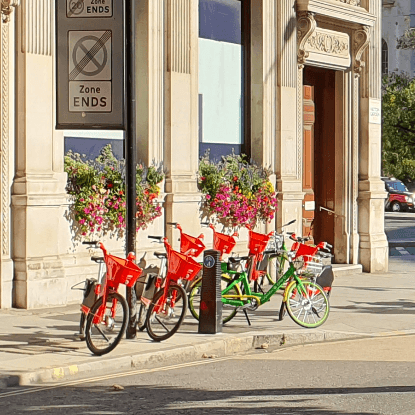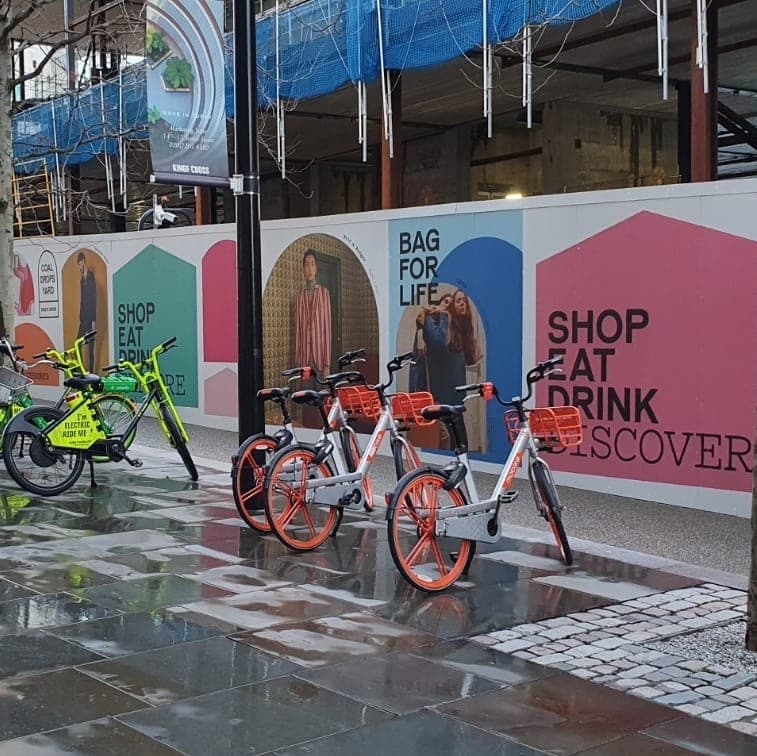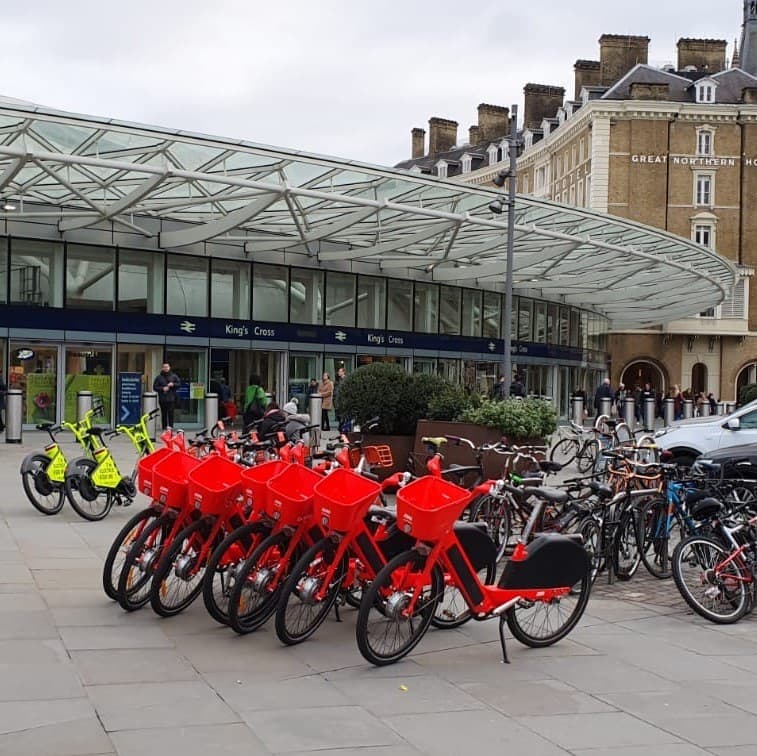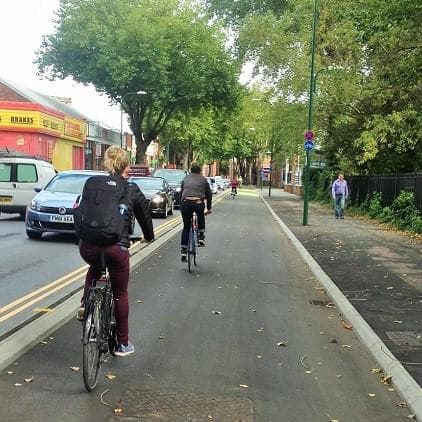
blog: Reprioritising road space for cyclists in Camden
Monday 18th May 2020
The current pandemic presents a huge range of challenges and opportunities for transport, right now and into the post-lockdown future. Public transport patronage is at a particularly low level, and with government advising all but essential use of trains, tubes and buses it is likely to remain so for a while, even after the lockdown ends. The danger of reducing public transport usage is that we get rising single-occupancy car use – a trend we are already beginning to see. On the other hand, cycling has increased massively as an alternative to crowded public transport vehicles, something which, again, is likely to continue post-lockdown – as long as we can provide the appropriate infrastructure.
As a company that believes in the power of transport to improve people’s lives and our impact on the planet, we have been working hard to figure out how we can best ‘lock-in’ these potential benefits and mitigate some of the challenges. Many cities around the world have been thinking the same thing.

Some recent work with the London Borough of Camden has given us the opportunity to put our thinking into practice. Building on an existing contract to re-prioritise the delivery of the borough’s planned cycle network, reflecting the outcomes of the borough’s Citizen’s Assembly on the Climate Emergency last year, we have been asked to map, prioritise and justify the implementation of a small network of ‘pop-up’ routes for cyclists that connect people to the locations they need to access, without compromising their safety. More broadly, the network will also contribute to reducing carbon emissions, the health and wellbeing of Camden’s residents, and the Mayor’s Vision Zero.
Limiting exposure to the virus
At present, the proximity and sanitization constraints of public transport services pose a potential threat to the health of key workers that cannot be completely eliminated even when social distancing rules are adhered to.
Providing a pop-up cycle network that connects a significant proportion of the borough’s residents to local NHS sites goes some way to improving this situation. In this context, cycling reduces the infection risk to individual cyclists by reducing their potential exposure to COVID-19, allowing key workers (especially health workers) to continue delivering invaluable services during this time. Further, cycling also has the potential to free up space on public transport for the people who need to continue using tubes and buses, helping TfL to avoid capacity issues on board vehicles and supporting social distancing measures.


Keeping cyclists safe
The borough has already observed increased traffic speeds in many 20mph locations, most likely as a result of fewer cars on the road. As lockdown begins to ease, we anticipate increased traffic volumes as more people return to travelling as usual but are either unable or unwilling to use public transport due to continued social distancing. Both of these trends have implications for safety. Not only have cyclist and pedestrian KSI’s increased in London since lockdown began, increased traffic speeds and volumes also reduce ‘perceived safety’, thereby reducing the likelihood of new cyclists continuing to cycle.
Mitigating the likley rise in car use
Beyond the safety implications of these increases in traffic volumes is the nemesis of sustainable transport planners everywhere – single-occupancy car use. Evidence from around the world consistently shows that the provision of safe, segregated cycle routes increases cycling mode share. The fast provision of a joined-up network of segregated routes in Camden has the power to divert at least some of these would-be drivers onto their bikes, improving their own health and the health of the planet, whilst hopefully halting any backpedalling in terms of the progress Camden have previously made on cycle mode share.

What did we do?
Our role in this project is to map Camden’s proposed network in the context of some other datasets, showing that the alignments that are proposed are the most appropriate to serve the purposes of the borough. These datasets include:
- Camden’ existing cycle network – to demonstrate that the pop-up network provides all-important links between existing infrastructure, creating a ‘joined-up’ network of routes across the borough
- NHS sites – to demonstrate the vital connectivity being provided by the pop-up network, particularly in relation to key workers
- London Underground stations and lines – to demonstrate the ‘replacement’ potential of the network in terms of short tube journeys
- Safety metrics including STATS19 data – to ensure that the measures are implemented where the safety requirement is highest
With a short project of this kind where delivery speed is key, simplicity is everything, and we’ve purposefully kept our data and task lists concise and focused to reflect this. Even so, delivering work in such short timescales does bring inevitable challenges, and we’ve needed to be creative in ensuring we can deliver everything Camden needs. Fortunately, ITP is an adaptable team with a wide range of skills, and we have been able to jump onto this project and deliver within the required timescales.
We are aware that these challenges are by no means unique to Camden, London or even the UK, and we’re excited to see whether the global transport community is ready to act quickly enough to pull some genuinely great outcomes from what has been in many ways a very challenging time.
If you would like more information about this project or the support we can provide to prioritise active travel, please get in touch.
